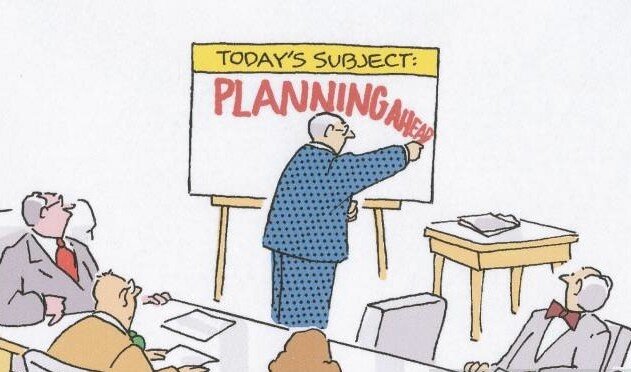Cost/Benefit and The Candidate Experience
Do you remember the last time you were a candidate for a job? How did it feel? Were you frustrated? Did the process drag on without the prospective employer giving you regular updates? If you didn’t get the job, do you still have a positive impression of the company?
The answers to all of these questions are dependent on what we call “the candidate experience.” As we talked about last month in our blogs, your recruiting process is a direct reflection of your employer brand. Prospective employees today know a great deal about your company long before they come in for a face-to-face interview. Combine that knowledge with how applicants are treated during the employment process, and it can have a lasting positive – or negative – impact on your ability to hire and retain top talent.
Before a job is even posted, it’ important to determine exactly what is needed in a new hire. Set up clear expectations and a communication process so candidates remain interested and engaged. Studies show the biggest letdown for most candidates is a lack of communication.

Once you’ve brought the candidate in the door you have to work to keep them there. Make sure you have a program of professional development in place to ensure your company’s culture helps the new hire grow and continues to feel challenged. The cost of a new hire walking out the door unhappy is enormous.
In talent acquisition, perhaps the most crucial step you can take is developing a positive candidate experience. Not only will the applicants you hire feel even more welcomed by your organization, but also the candidates you don’t hire will still respect you. As a result, they will be more likely to refer other job seekers who may be a great fit for your organizations. That in turn leads to your company seen as a great place to work and makes your hiring process efficient and successful. The best idea is to treat prospective employees as customers. Because if they aren’t customers today, they could be in the future!









